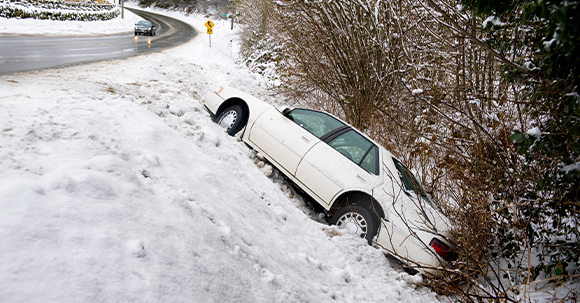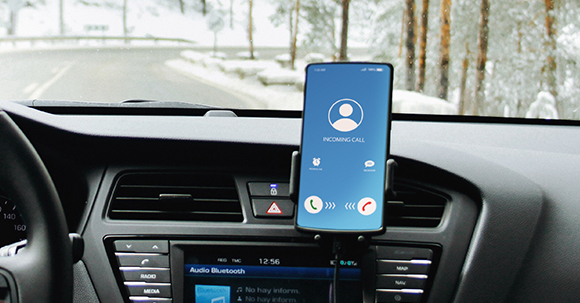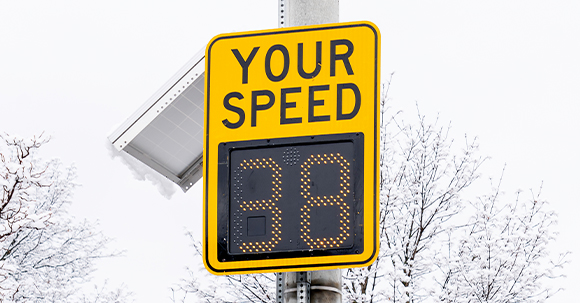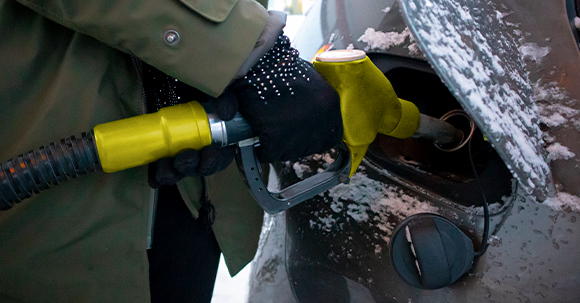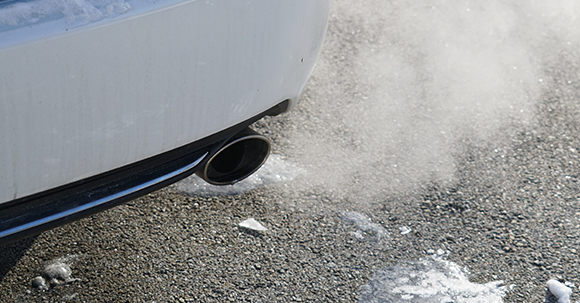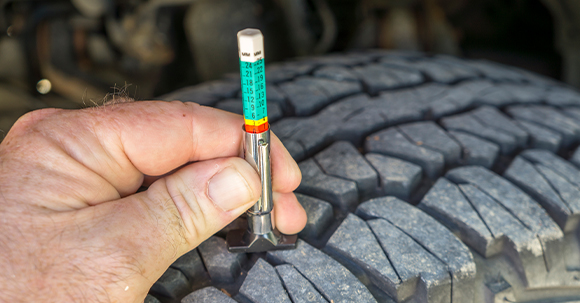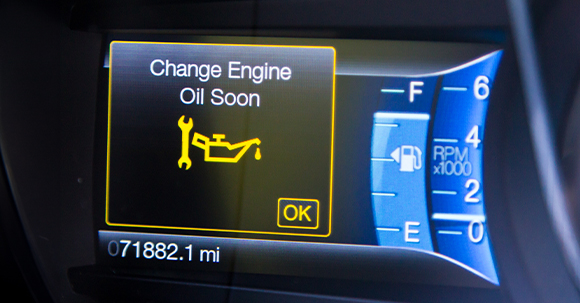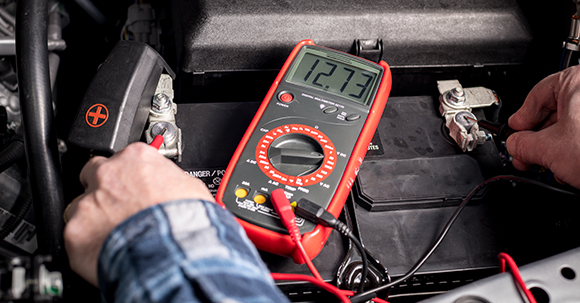Whether you hear it from your friends, the internet or your “self-educated” uncle, everyone’s got an opinion about the safest ways to drive and the must-do’s that’ll keep your car in tip-top shape. But there’s no shortage of bad info floating around, and putting your faith in the wrong place can be detrimental — or even dangerous.
From common misconceptions to outdated habits, we’re here to clear the air.
Driving Myths That Can Put You at Risk
Staying safe behind the wheel starts with understanding the rules of the road and the ways you can prevent hazards from popping up.

